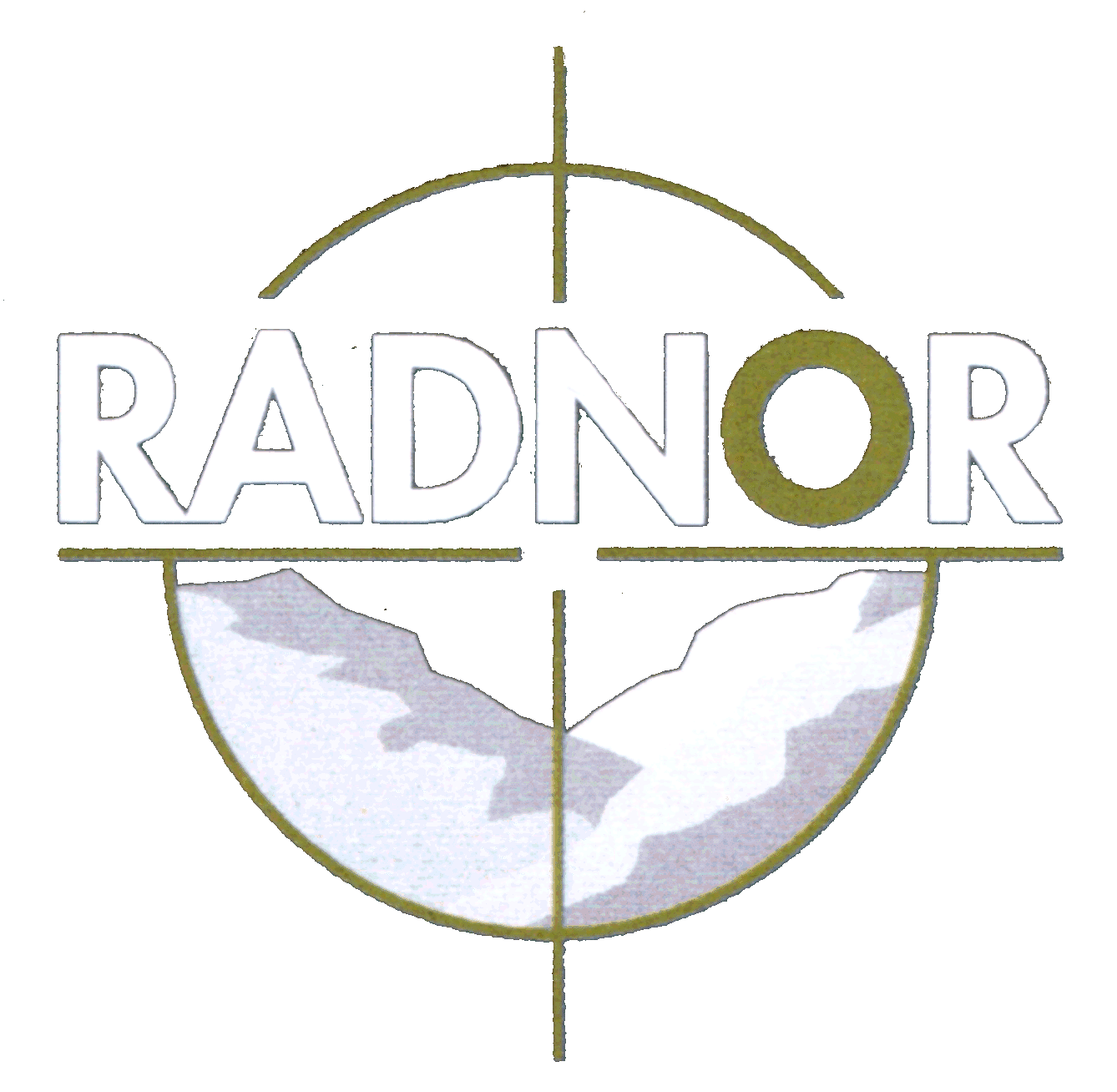Digital Image Correlation (DIC)
Working with partners, Radnor Range has conducted trials using Digital Image Correlation (DIC). DIC uses one or more high speed video cameras to track the movement of materials during a dynamic event. Stereoscopic images are collected, and advanced computer processing is used to reconstruct the images into a fluid 3D model of the dynamic event. The surface is tracked by using a random surface pattern (commonly referred to as “speckling”). This optical computer-aided engineering (CAE) method uses stereoscopic technology to track displacements and strains of a target surface over time and the design work is conducted by Simpact. GOM Correlate software, an industry standard, is used for digital image correlation and evaluation of materials for research and component testing. The simplest embodiment of DIC requires the use of just one single high-speed camera and enables the analyst to extract the planar stress and strain condition of a target surface.
DIC can be used on a variety of materials including metals and composites and trials can be subjected to both free air and underwater blasts. Previous trials have represented anti-tank mines against vehicle hulls or sides or sea mines against ship or boat hulls.
The test panels can be subjected to a blast overpressure generated by explosive charges varying in size and distance. Panels were fully instrumented with shock sensors, quarter bridge strain gauges and 3D digital image correlation using 2 pairs of Photron SAX-2 high speed cameras capturing dynamic and static deformation. High Speed Video is integrated and coordinated by Slowmo Ltd.
DIC is particularly beneficial during blast and ballistic testing, often used in the design and development phase of new or upgraded armour systems.

